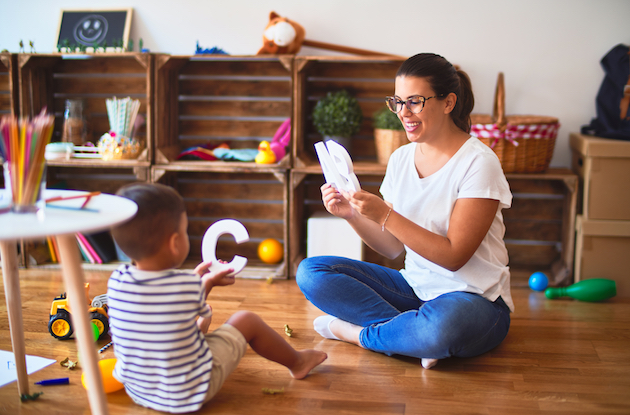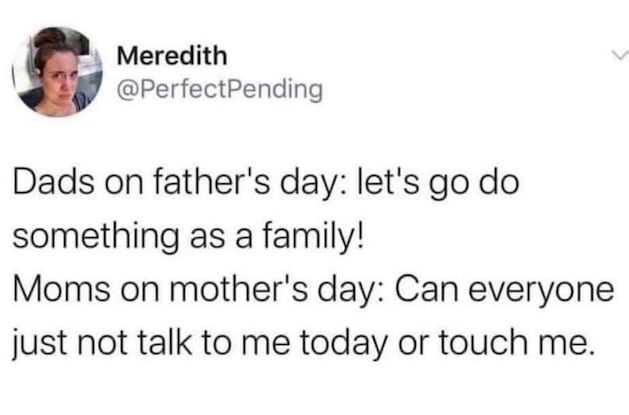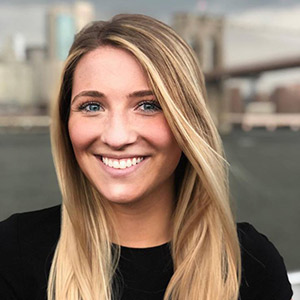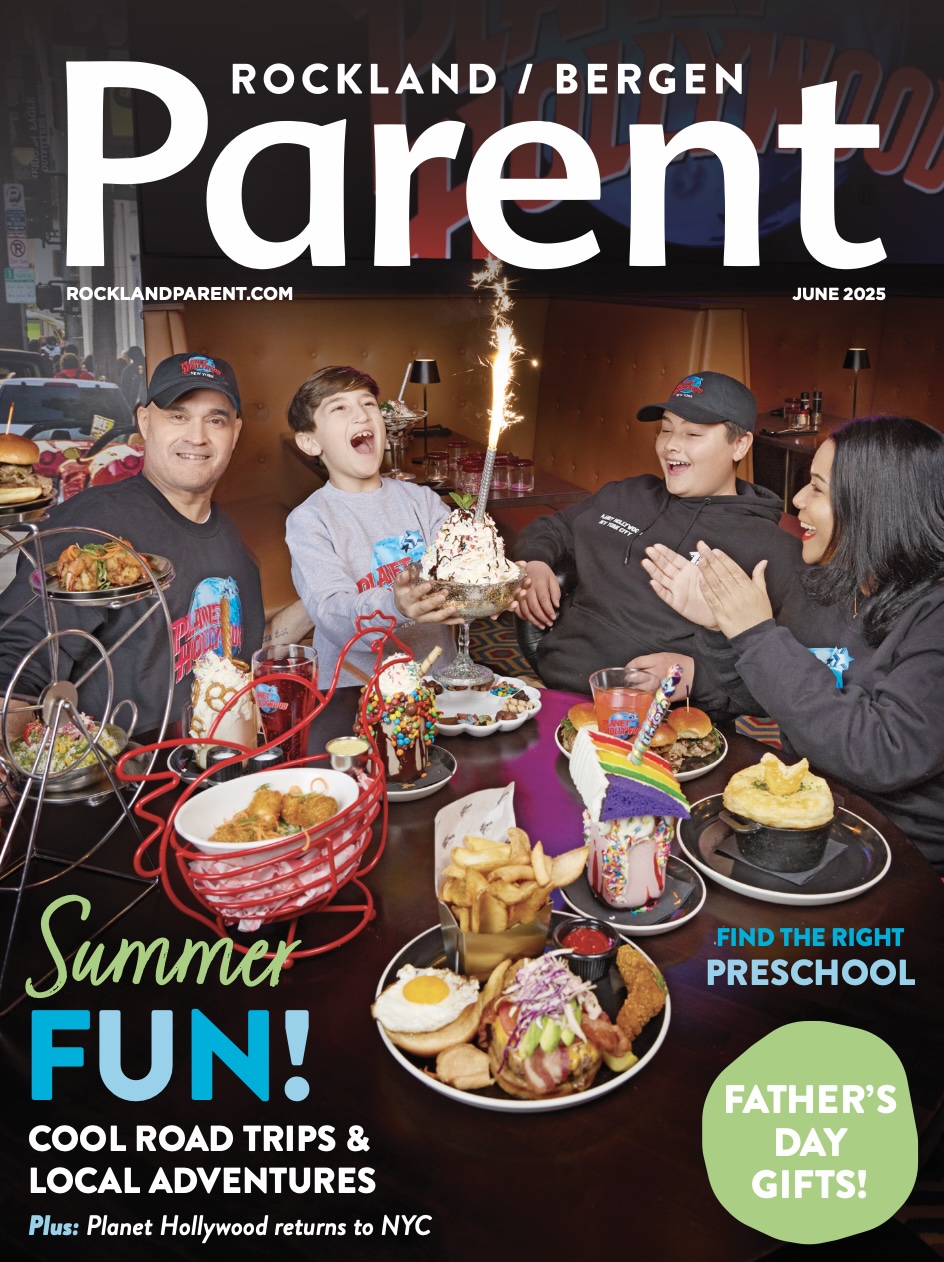
What Parents Need to Know About Pandemic Pods
With little concrete information from the NYS DOE on the 2020-2021 school year, some parents are taking matters into their own hands and facilitating “micro-schools.”
Get the Best Family Activities
Roher explains this family has connected her to a lot of friends who are also interested in this modality, so she has plans to teach around 12 third graders in the fall.
Laurie Smith, a mom of a first-grader and a third-grader in Battery Park City, was faced with a choice regarding this school year: Either she or her husband quit their jobs, their kids miss out of months of school, or they hire child care. By hiring a qualified teacher to instruct at home, she was able to solve all three problems.
"With young children, kids still need to be supervised even with a best-in-class distance-learning curriculum, so when the schools confirmed they would not be offering in-person school for the five days we work, we knew we had to figure out a solution," Smith says. "We did not want to have to make the choice of educating our children or working."
Smith hopes that by forming pods of kids from her children’s classes at school, they can still achieve the socialization level that schools provide while keeping kids safe in a lower-risk environment than day care.
An Upper East Side educator, who wishes to remain anonymous, has been offered many micro-schooling opportunities in the last month, but with not much structure or consistency in regard to what kind of learning experience the parents are looking for for their children.
“One pair of parents who has reached out to me is asking me to instruct a few kids from different families in a group at one of their homes,” she says. “Another [parent] asked me to teach the multiple kids of one family in one room. I think people are just blindly hoping for solutions and looking for genuine, in-person connections for their children.”
When Bridget Kelly, an educator from East Williston, was asked to be an in-home teacher for a Long Island family, she was even offered a living space within the home. She provided some guidance to the parents as to how she felt the micro-schooling experience should be set up, suggesting the family designate a space for learning that is separate from the child’s space to play.
The Inequalities of Pandemic Pods
While having an at-home teacher may be an option to ease the burden of this school year for some, it isn’t an option for the vast majority. Most families are not able to afford a private education and many low-income children don’t have access to computers and adequate Wi-Fi for at-home learning; these same families may now worry that their children’s peers may have access to at-home, private teachers. Kraus-Czeisler points out that many economically disadvantaged children will be alienated from the benefits and unique opportunity of micro-schooling given its costs, which she calls "incredibly unfair."
Colleen Ganjian, an education consultant in the D.C. area, told the Washington Post she is seeing prices for such arrangements start at $25-$30 an hour for a college or graduate student, $50-$100 an hour for a trained tutor, and $100,000 for a year of private teaching from a public school teacher.
While micro-schooling is a concept you may have not be familiar with up until now, creating pods to share child care resources is not new. Families have been participating in nanny shares for years—and it may be an option for you if you’re trying to decide what to do with your kids when they aren’t in school and you need to work. They can save your family money, give you greater flexibility with your schedule, and even provide that social interaction your child might be missing in her new schooling situation.
Whichever path your family chooses to take this school year, we will continue to provide you with the resources, advice, and guidance you need to make the schooling decisions that work best for you and your children.








.jpg)
